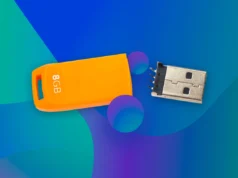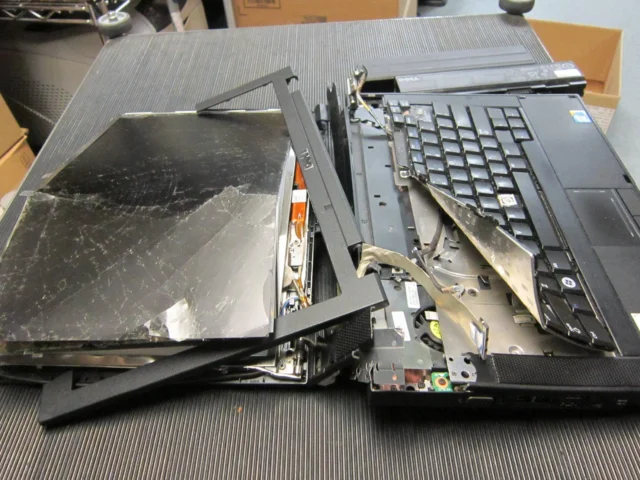
Laptops are one of the most important pieces of equipment that people use on a daily basis. In fact, many people rely on them for their job and personal life. Unfortunately, laptops can be damaged in a variety of ways, which can lead to lost data. If you have accidentally dropped your laptop and it has suffered major damage, there are a few things you can do to try and recover data.
How to Recover Data?
If you have a laptop that has been dropped and suffers from physical damage, there is still a chance to recover data from it. The hard drive may be completely worn out, or the operating system may have been corrupted, but data can often be recovered by using specialized software like WorkinTool Data Recovery. Before starting any recovery process, make sure to back up your data first.
The most common method is to use a bootable diskette or USB drive to access the hard drive and copy the data onto it. This is usually the fastest way to recover data, as the computer is already working and there is no need to reformat or reinstall the operating system.
If the hard drive is not accessible, another option is to use a hardware recovery tool such as DriveClone or Recuva. These tools allow you to access the hard drive directly and extract all of the data stored on it. However, these tools are more complex and require more knowledge than simply copying files from a diskette or USB drive onto a new hard drive.
Why Are Data Recovery Tools So Important?
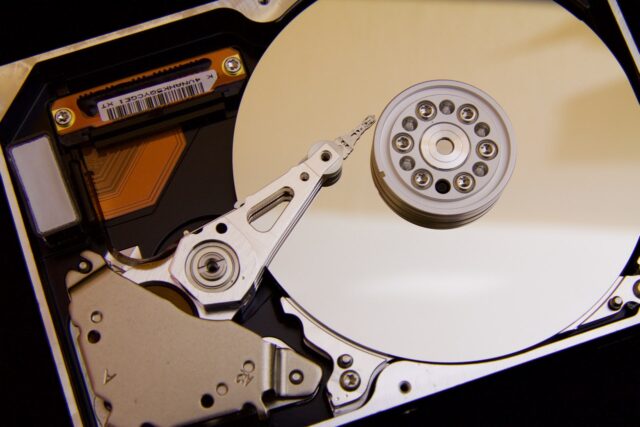
Data recovery tools are important because they can help you retrieve lost or deleted files from a damaged laptop. They often contain valuable information such as photos, documents, and emails. If your laptop is damaged, there is a good chance that your data is also damaged. Recovery tools can help you recover all of your lost files.
Steps to Take if Your Laptop is Damaged
The first step is to determine whether the damage is severe. If it is, then you’ll need to replace the laptop. However, if the damage isn’t too bad, you can try to save your data. Here are some tips:
- If the laptop has a hard drive, remove it and plug it into another computer. Try to copy all of the data off of the hard drive before removing it.
- If the laptop doesn’t have a hard drive, you can still try to save your data by turning it off and unplugging it from the power source and storage media (such as a USB stick). To do this, press and hold the Shift + Ctrl + Esc keys at the same time until you see a message that says “Windows will close these programs”. Release all three keys and click on “Restart” or “Exit” in the lower left corner of your screen. This will restart your computer and allow you to access files stored on the memory card or other storage media attached to the machine.
- If none of these methods work, then your only option may be to restore your data from a backup file.
How to Remove the Hard Drive and Memory Card?
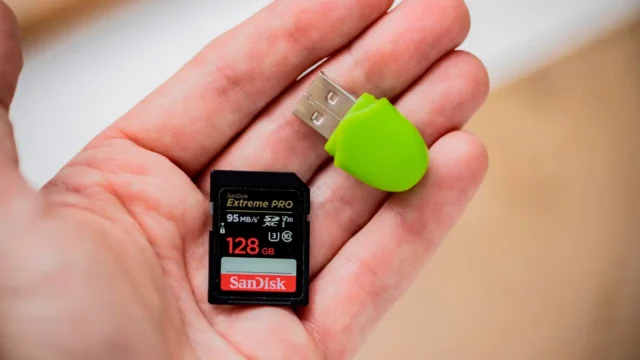
Shut down the laptop and unplug it from the power source. Next, remove the battery if it is installed. Finally, press and holds down the keyboard’s “delete” key while turning off the laptop by pressing and holding down the power button. Once it has turned off, release both keys. Carefully remove the hard drive and memory card from the laptop.
If there is a keyboard cover attached to the computer, remove it before working on the computer. Place any delicate items that may be damaged, like CR batteries or sharp metal edges, into a safe location before beginning. To reinstall the hard drive or memory card into your new laptop, first, place it in a suitable desktop or external enclosure such as an SD Memory Card Reader for Laptops before connecting it to your laptop via an appropriate cable.
What to do if you can’t access the data on your laptop
If you find that your laptop is not letting you access your data, there are a few options available to you.
Input devices: If you can’t access the files through the USB ports, check to see if any external devices are connected to it. If so, disconnect all of those devices and try reconnecting them one by one until you can access the data.
Boot from a USB drive: If you have a USB drive that contains the operating system, you can boot your laptop from the drive to try and access the data. Make sure that the USB drive is formatted in FAT or FAT32 format and that it is at least 4GB in size.
Reinstall the operating system: Another option is to reinstall the operating system on your computer. This may be helpful if there was some kind of crash or corruption in the original installation.
How do I get files off a laptop that won’t turn on?
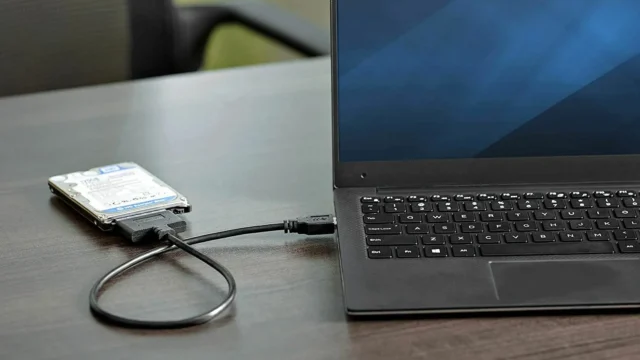
The first thing you need to do is determine if there is still power going to the computer. If there’s still power, then you can try turning on the computer while holding down the power button and case. If that doesn’t work, then you’ll have to use a backup battery or an external hard drive. If the laptop has a recovery partition, you can try booting from it. If all of those methods fail, you’ll have to take it in for repair or replacement.
Conclusion
If your laptop computer has been dropped and damaged, there are a few things you can do to try and recover the data that is on it. The first thing you need to do is remove any external drives or media from the laptop so that it does not contain any of the data that you want to keep. Once this is done, boot up the laptop in order to access the operating system (OS) drive. From here, you can use a recovery software program to attempt to recover any lost or deleted files.






